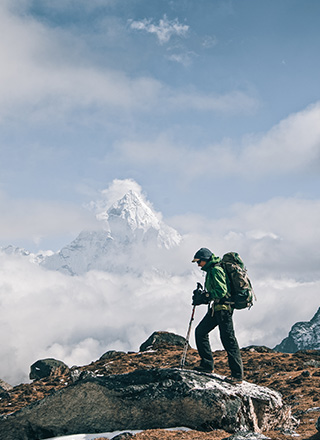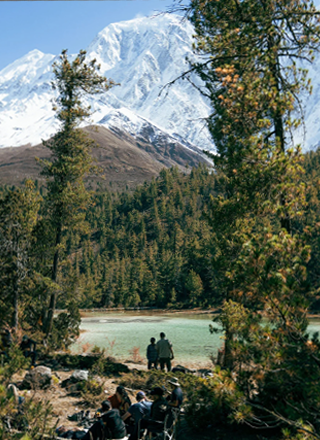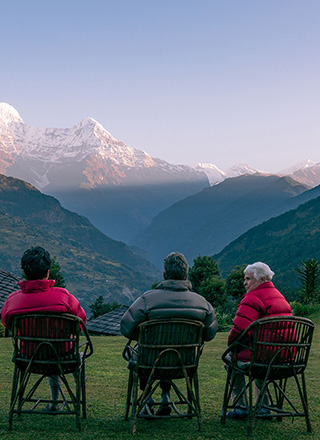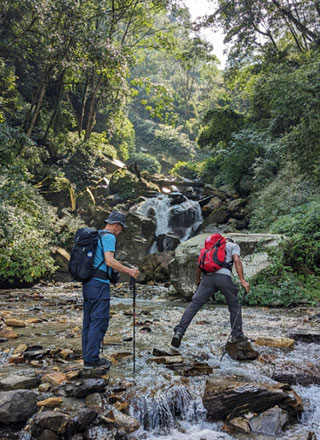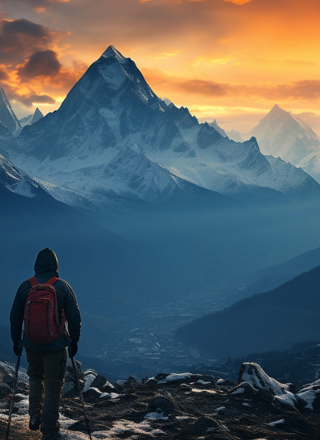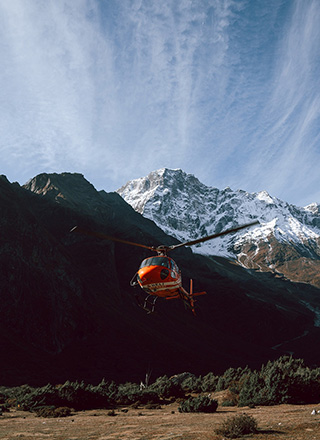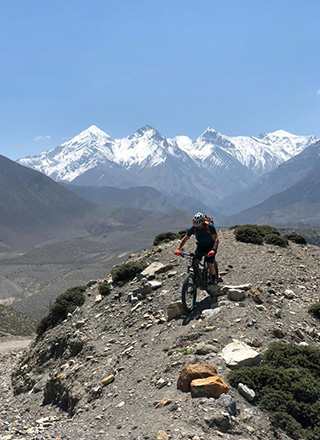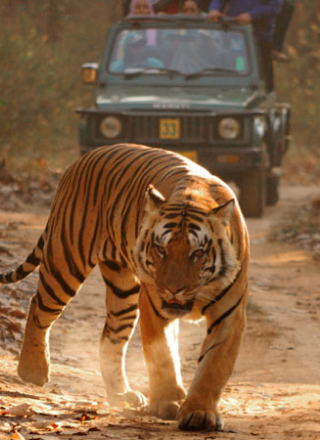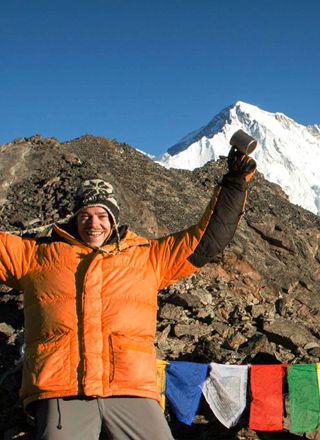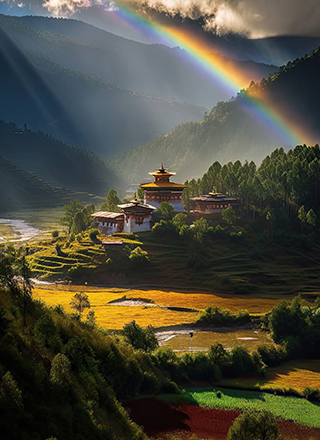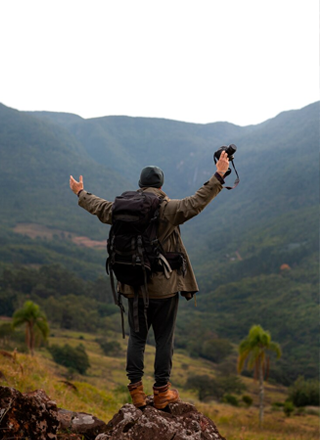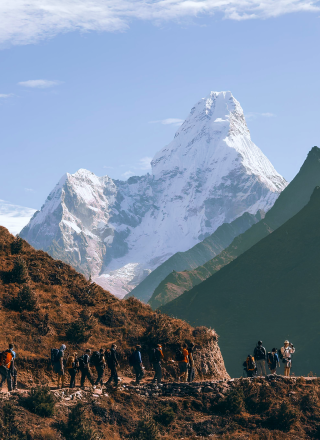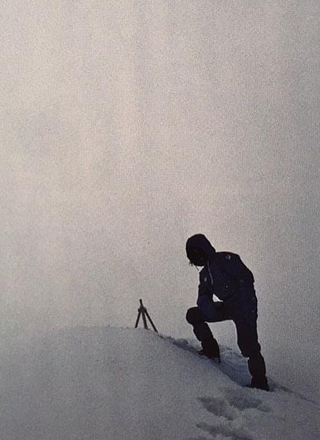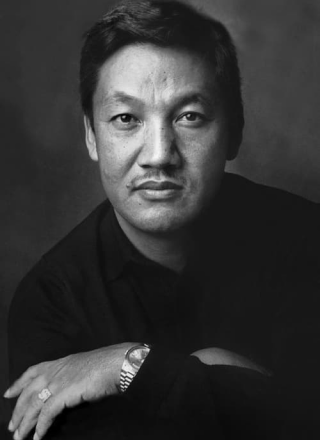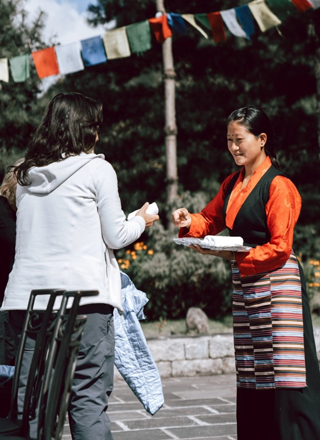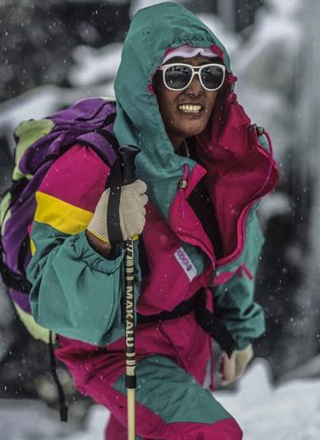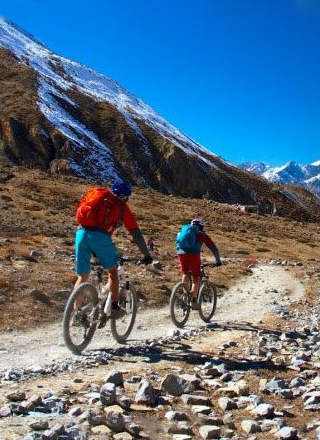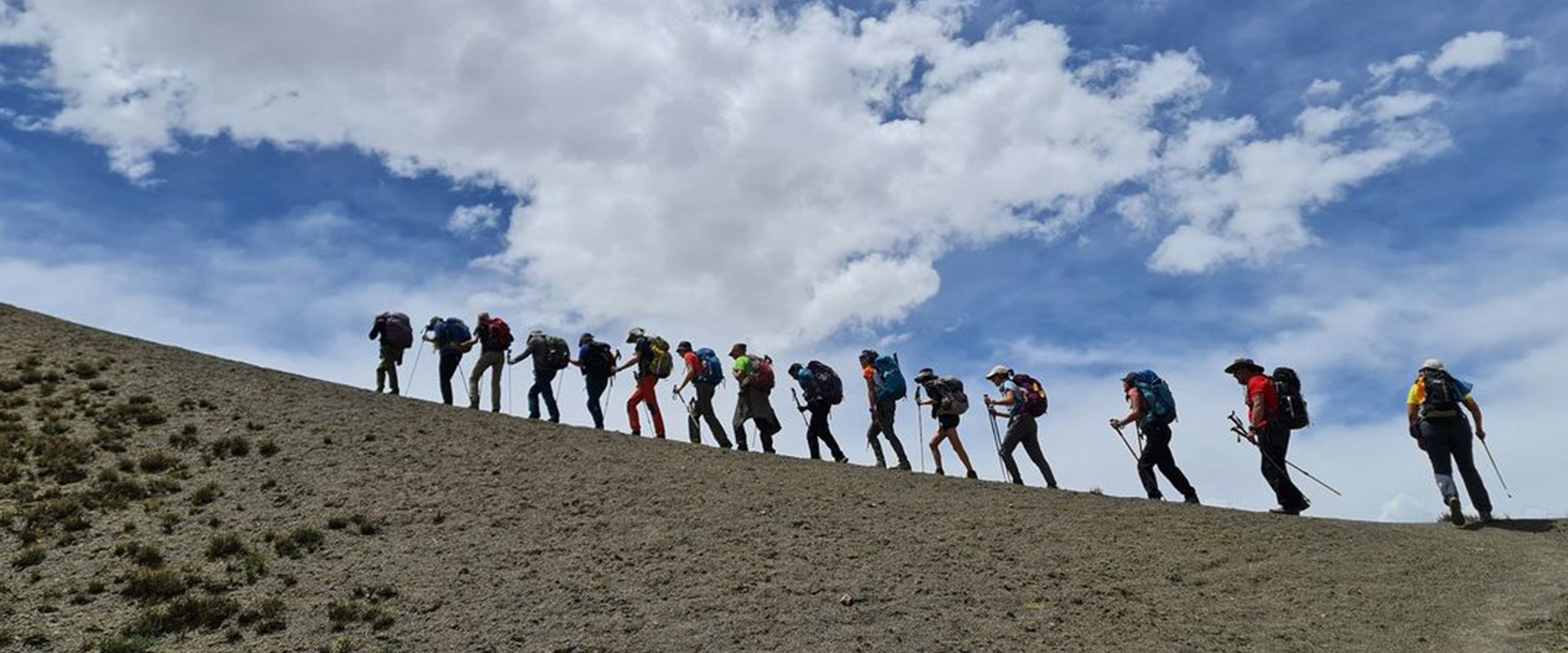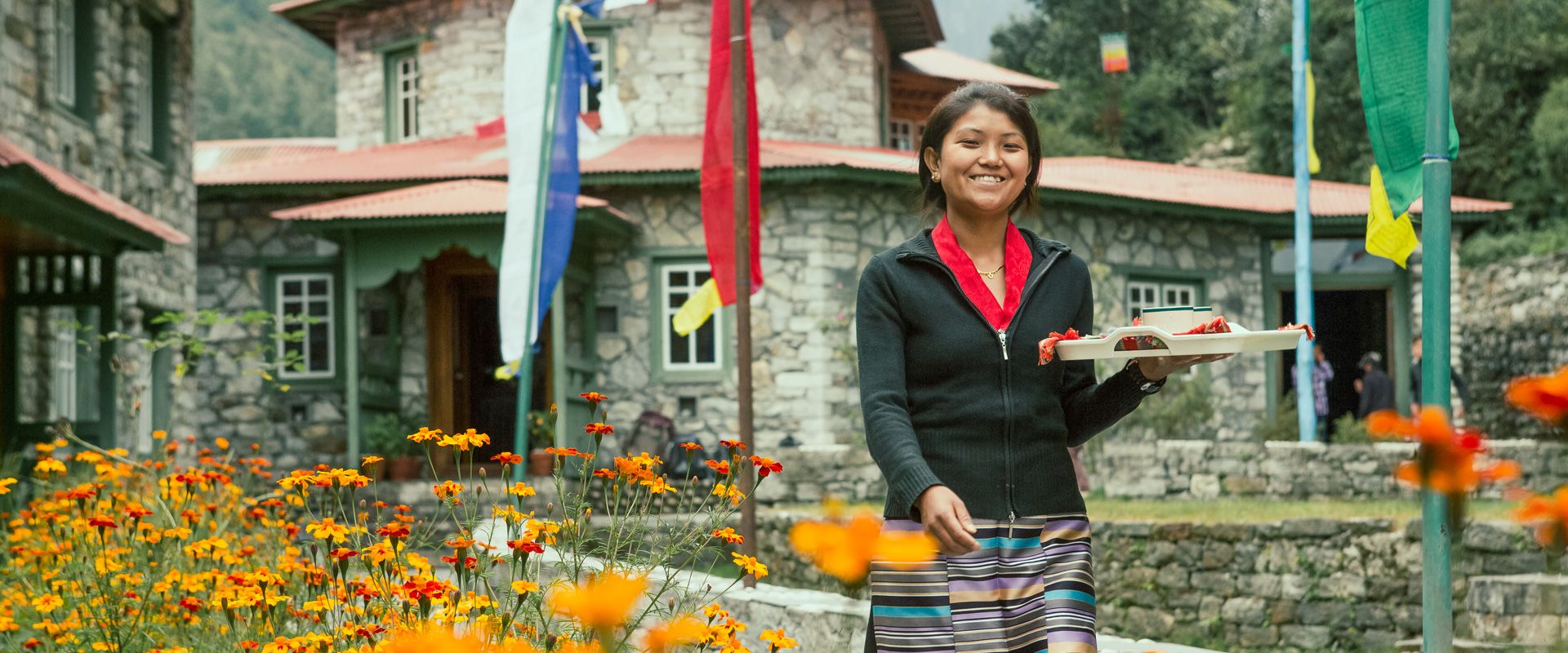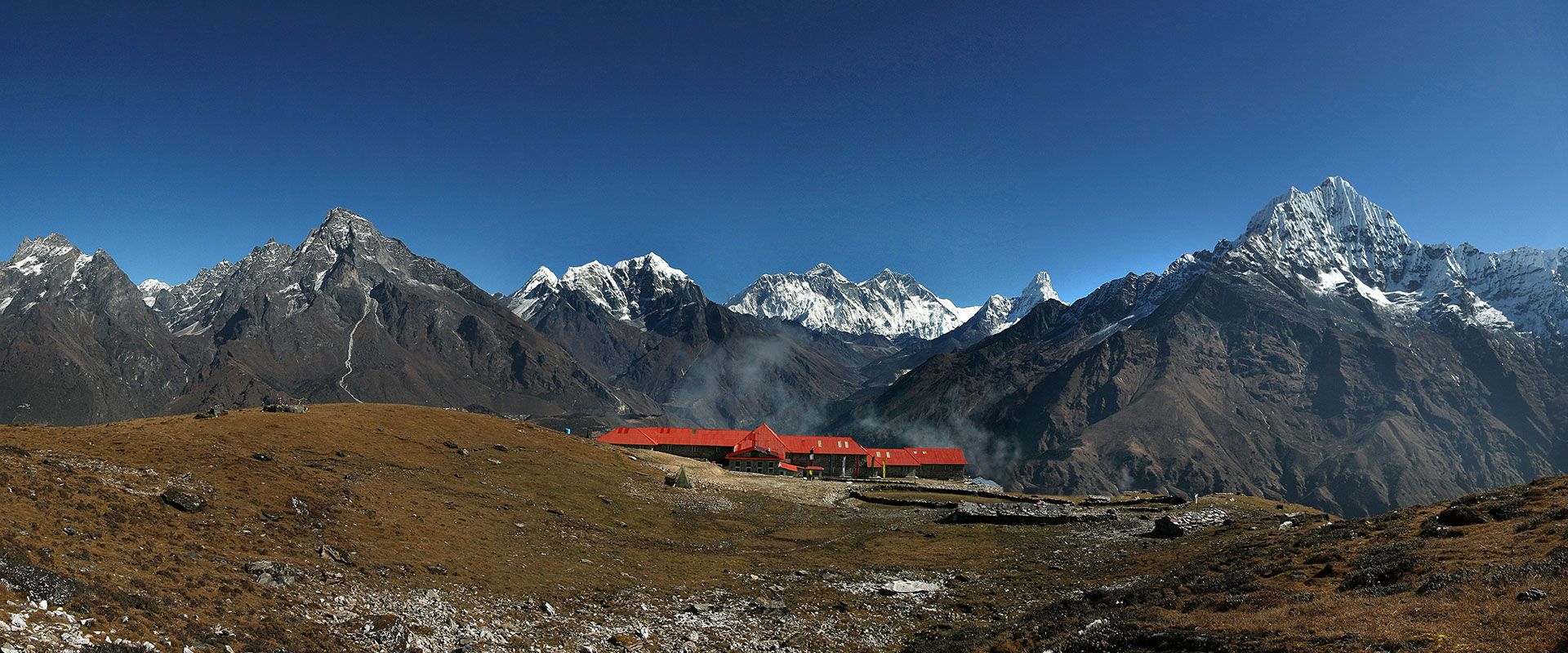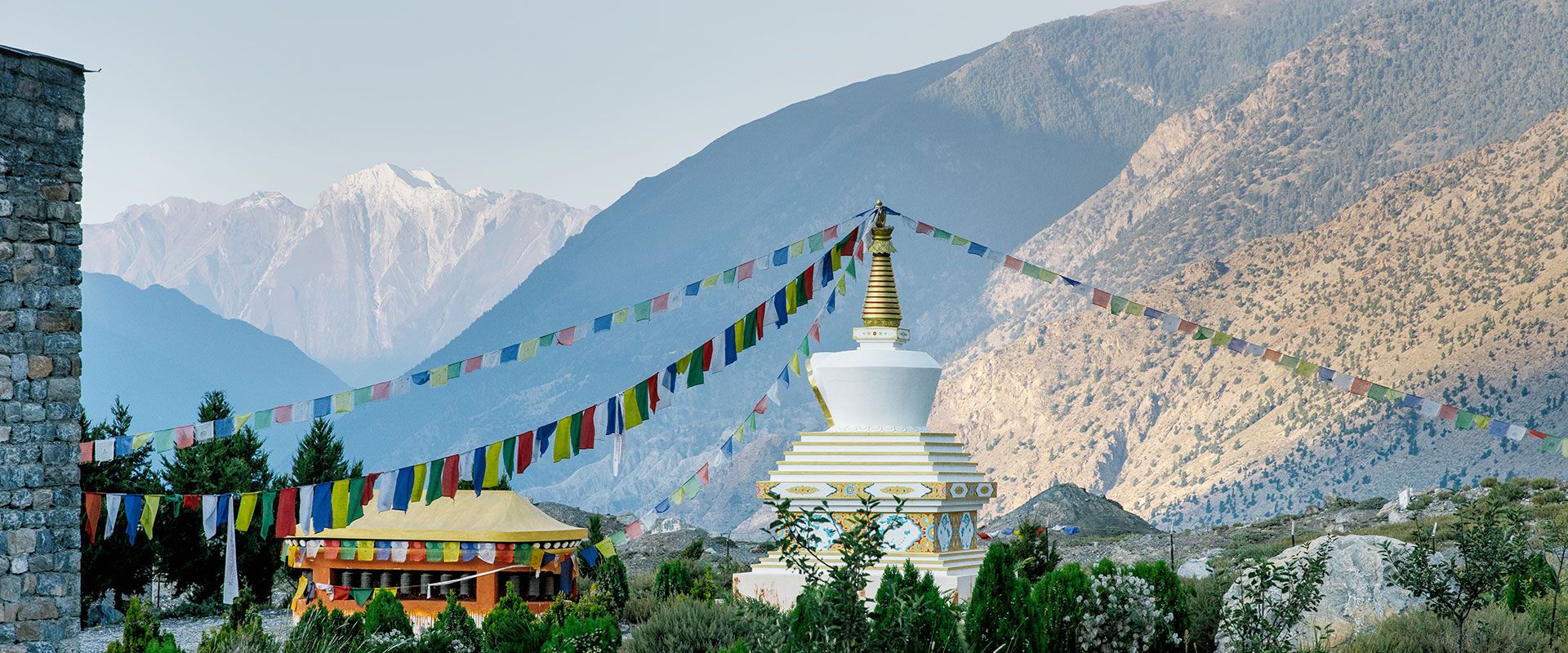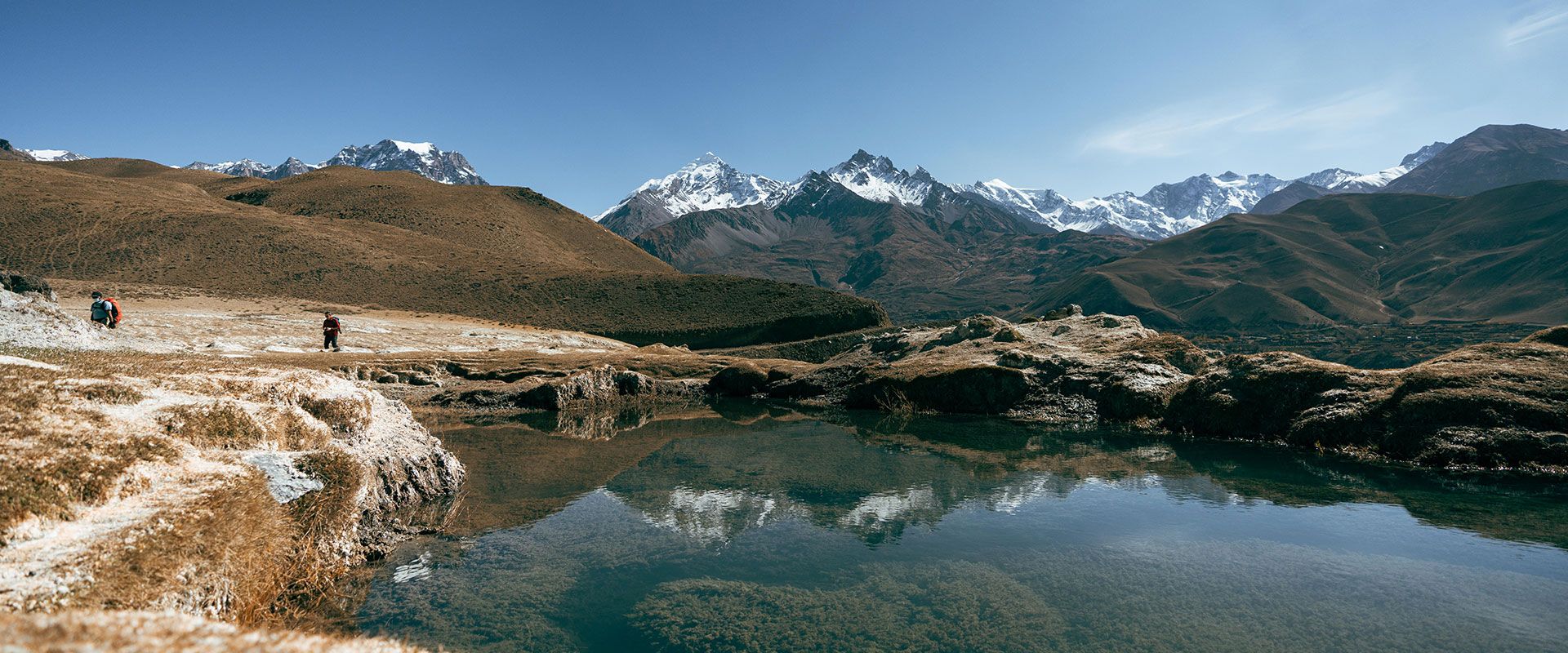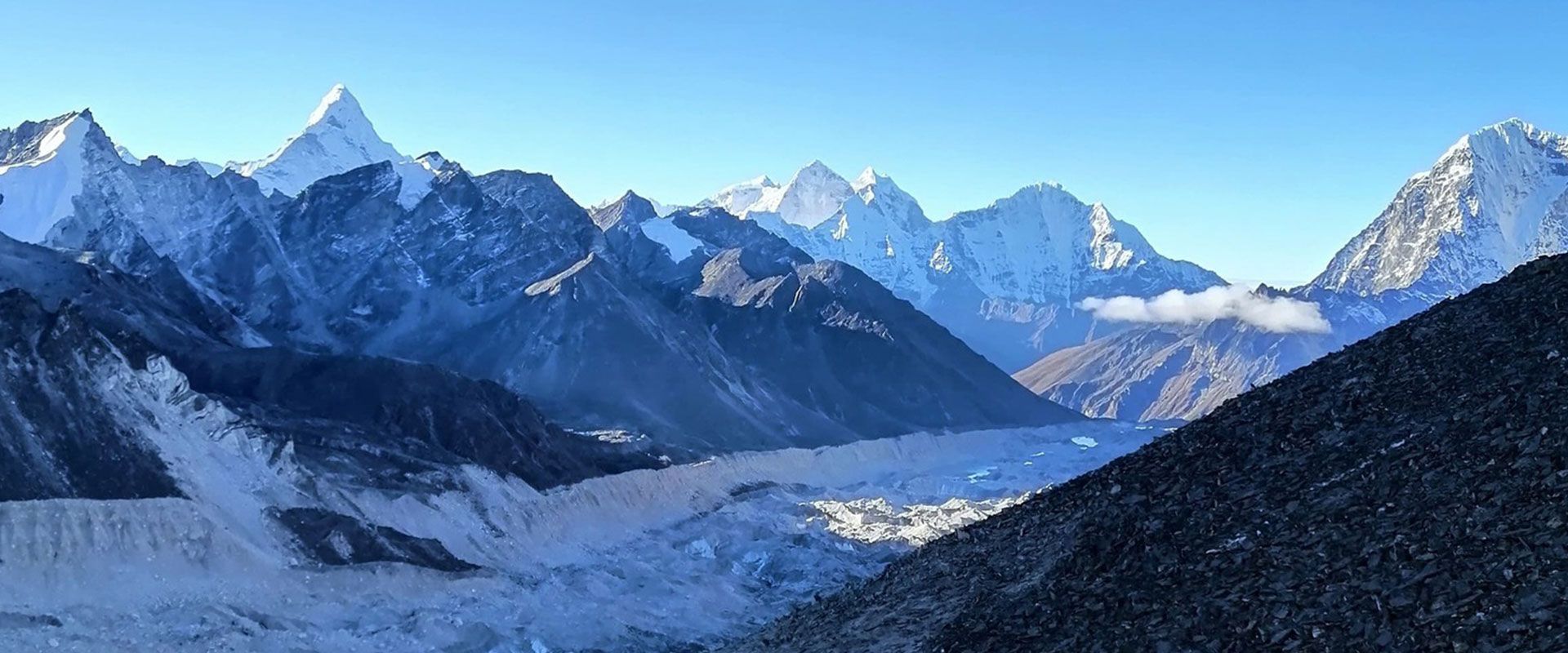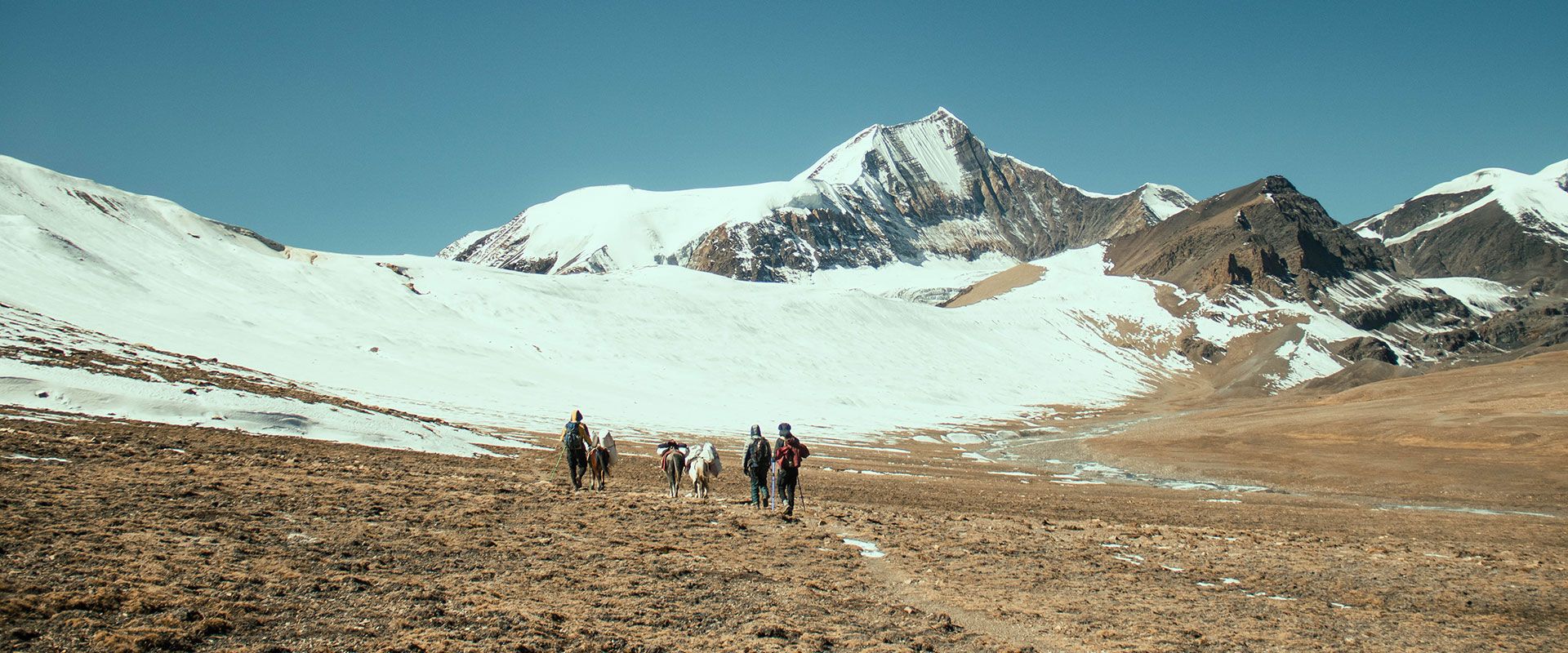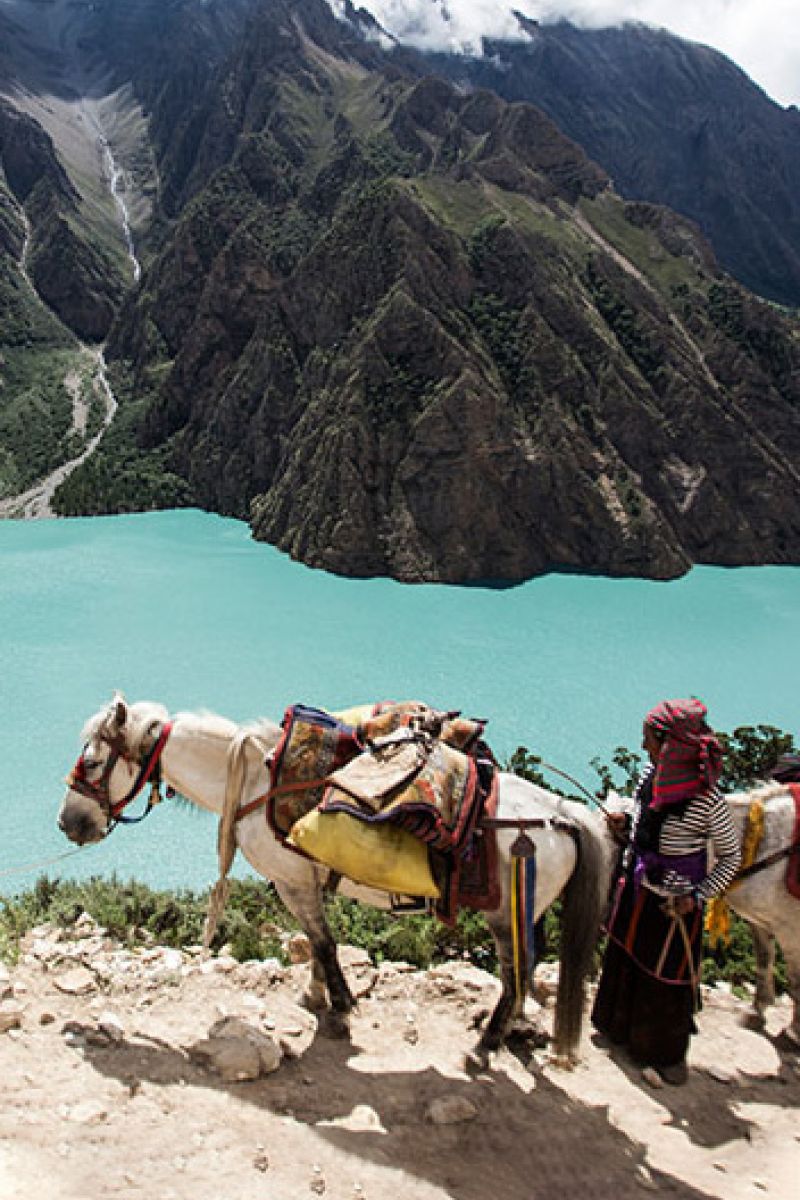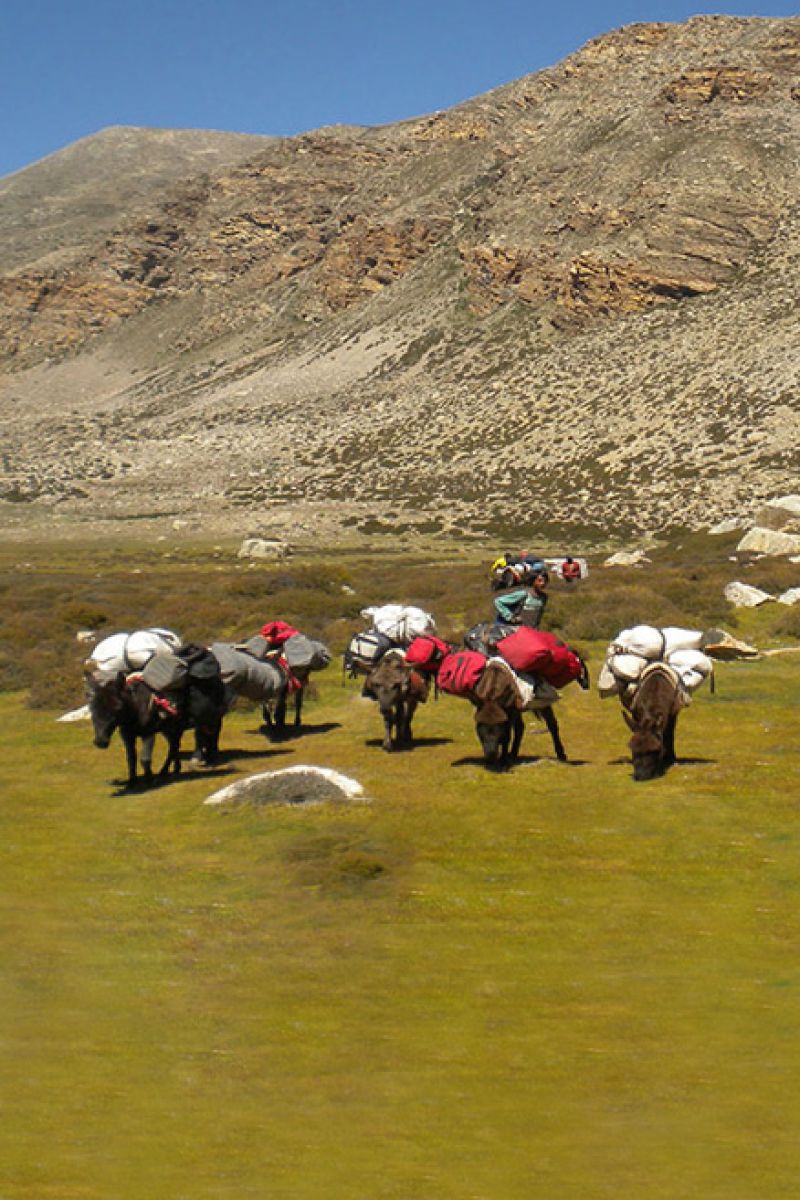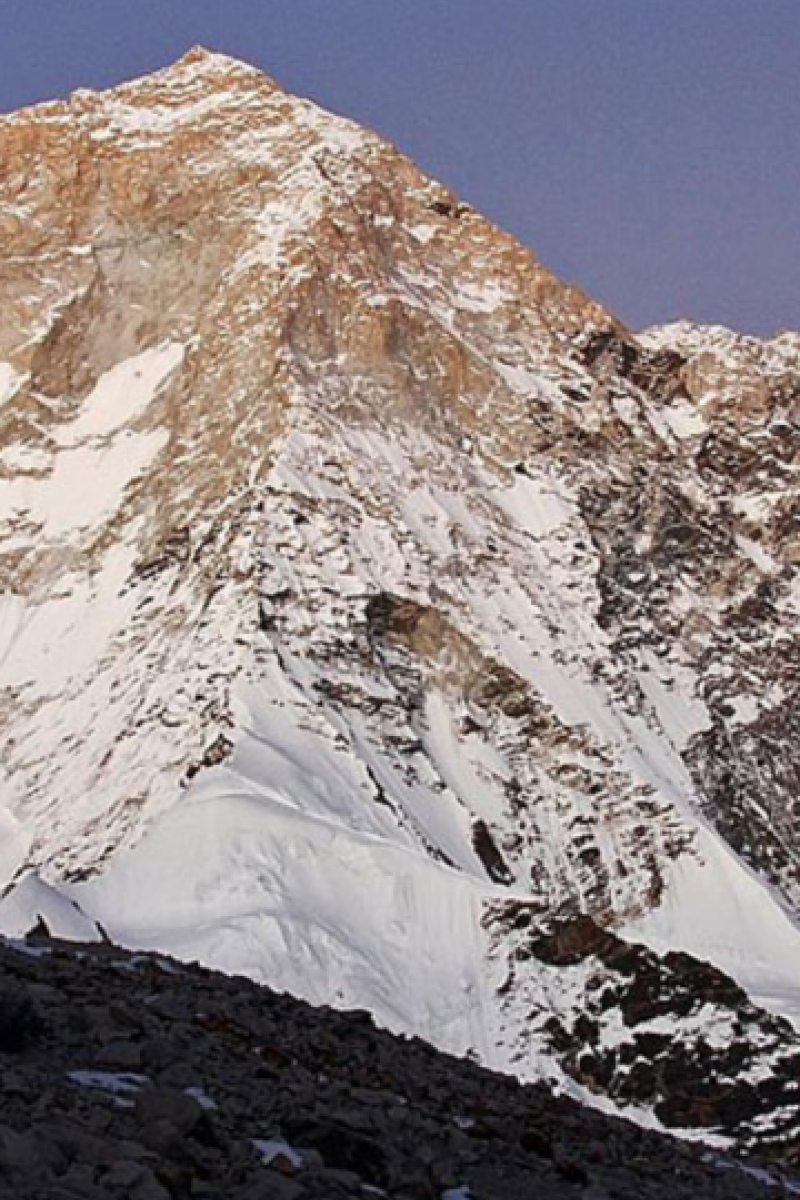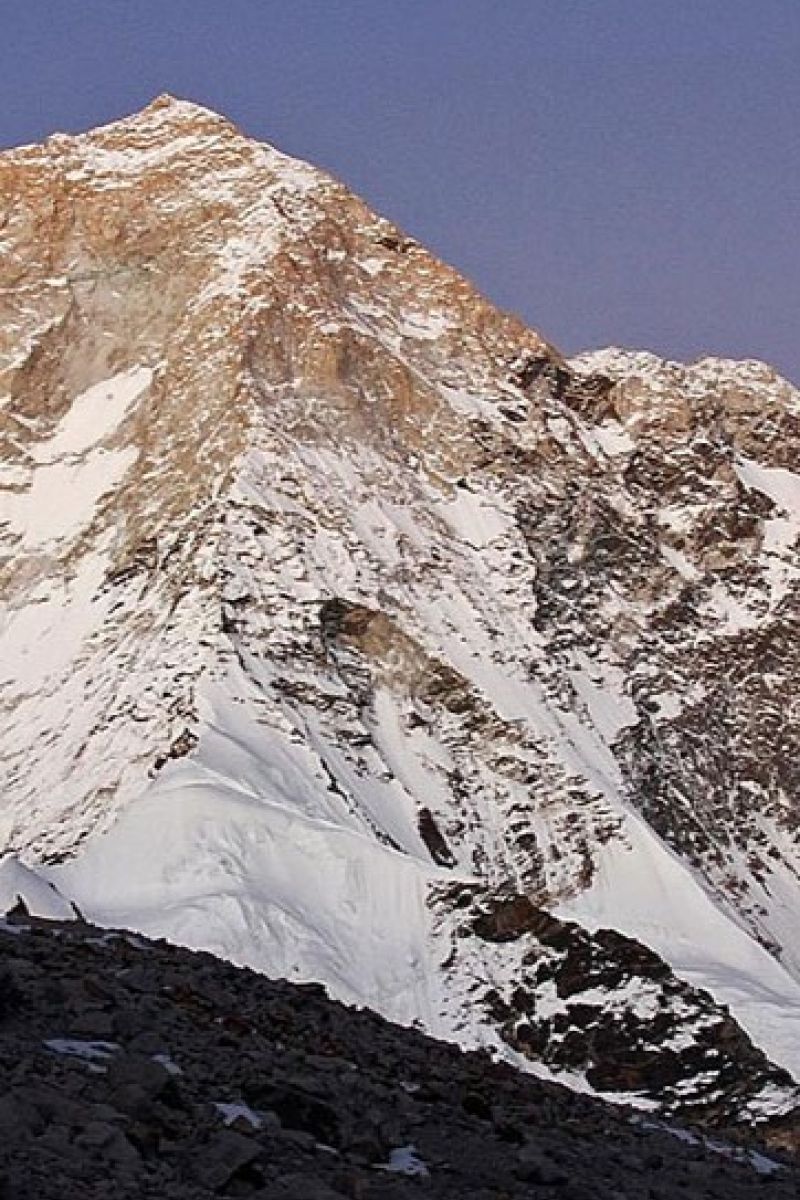- Travel Styles
- Destinations
- Signature & Charity Treks
- Special Project
- About Us
- Contact Us
18 days
17 Nights
Dolpo Classic
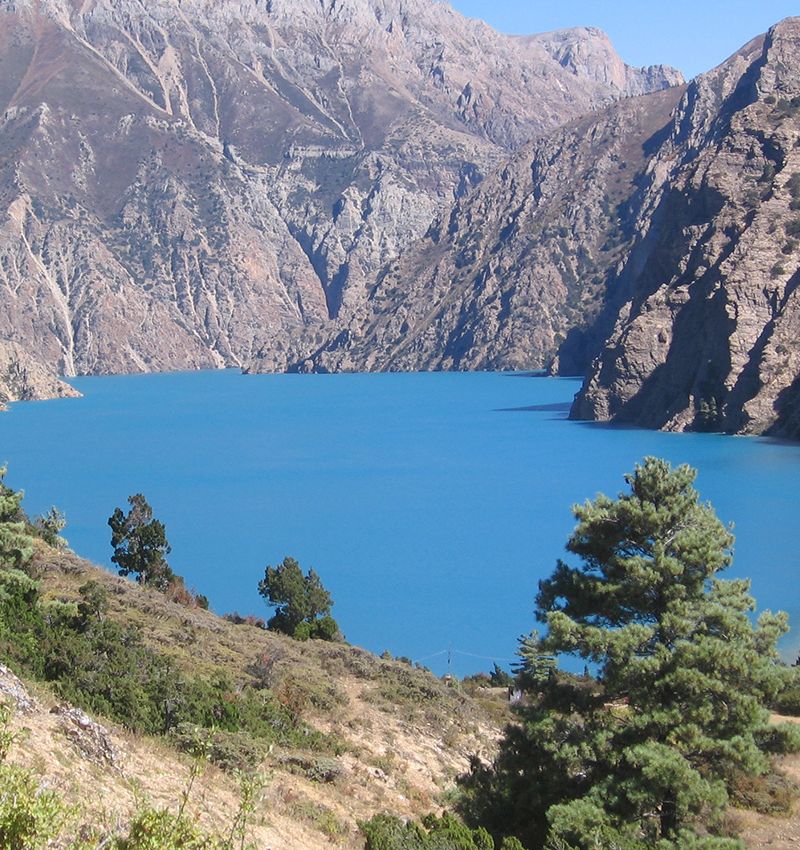
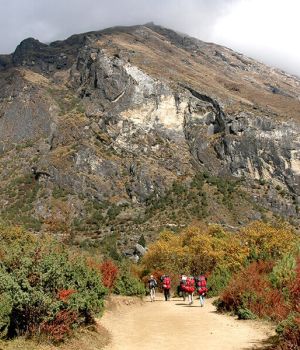
OVERVIEW
Remote trek with unique culture and wildlife
Dolpo lies in the far west of Nepal of Karnali region and was recently open for trekkers who wished to visit this region of untouched and diverse landscape and mystical cultures along with rare wildlife including the snow leopard and Himalayan blue sheep.
One of the most remote regions in Nepal that covers more than 3000sq, the origin of the people here is traced back to Tibet.
The 18 days classic itinerary to Dolpo starts from Juphal and goes up to Shering Gompa at the elevation of 4440m. The Phoksundo Lake is one of the highlights of this trek.
Trip Overview
Destination
Region:
Activity:
Max. Altitude:
Type:
Group size:
Difficulty:
Highlights
- Visit one of the most diverse landscape and cultures that originated from Tibet
- Visit the famous Phoksundo Lake in the Shey Phoksundo National Park.
- Experience of getting close with
ITINERARY
TAILORED TRIP FOR YOU
Arrival in Kathmandu
Depending on your arrival time, our representative will be at the airport to receive you and transfer you to your booked hotel.
Meals: B
Fly to Nepalgunj (150m) – 45 minutes flight
After breakfast, we drive to the domestic airport in Kathmandu for a 45 minutes flight to Nepalgunj where our Hotel staff will be waiting for us. We then drive to our hotel for tonight.
Meals: BLD
Fly to Juphal (2475m) – 45 minutes fight, trek to Dunai (2140m), Camp
Today we will take our breakfast early and then start for our the domestic airport in Nepalgunj for about 45 minutes flights to Juphal. In Juphal our staff will be waiting for us at the airport. We then make yourself ready to start our first-day trekking which is about 2-3 hours walking to Dunai.
Meals: BLD
Trek to Tarakot (2500m), camp, 5-6 hrs trek
Today after our breakfast we continue along the southern bank of the Bheri River heading upstream of an easy trail. On our way we will be passing through several deep gorges, hanging bridges and isolated villages. Our trail also includes a pine tree and a path built about seven meters above the river. After walking for about 5 hours we will be greeted by the terraced field of Tarakot, a small village that stands to the south of the Bheri River.
Meals: BLD
Trek to Lahini Odar (3370m), camp, 6-7 hrs trek
After our breakfast, we walk alongside Tarap Chu river crossing the river twice before we reach Sandul Gompa. The Gompa lies at the junction between Barbung Khola and Tarap Chu River. We then continue our trail that takes us through the farm terraces and rural villages after our trails of uphill and downhill. We then will finally reach our destination for tonight at Laini Odar.
Meals: BLD
Trek to Nawarpani Pingo Phu (3490m), 5-6 hrs trek
Today we will climb a steep trail and walk along the Tarap River. The walking is going to be quite exciting as we will trail the valley which is narrow gorge that in some places you can jump from one side to the another. Our trail will cross several vigorous climbs and descents will take us to the banks of the Chyugur Khola and then we reach our destination Nawarpani also known as Pibuk.
Meals: BLD
Trek to Dho Tarap (3940m), 7-8 hrs trek
Today we will begin our trek heading gradually ascending to Kamattarka at the confluence of the Tarap Chu and Lang Khola. We then cross a narrow gorge and leave the tree line behind us. We will then welcome a wild rose and juniper bushes, typical of the dry inner Himalayan Valleys. After walking for several more hours, we reach the village surrounded by an irregular stone wall know as DhoTarap. In this valley, both Bon Po and Chaiba religious sects reside together. Tarap is also inhabited by a few Tibetans and mostly Magars who have lived here for many generations.
Meals: BLD
Rest day in Dho Tarap (3940m)
Today is a day for us to allow us to acclimatize our-self with the altitude and also allows us to rest our-self. We can spend our day visiting near my monasteries, or taking a short walk to the Dho Tarap Village and get to know the local cultures. Dolpo people wear homespun clothing that is similar to Tibetan style somba or dhocha (boots with upturned toes) for foot wear. The people in this region often wear religious amulets and strings of coral, amber, and turquoise. The people in this region are both Bon Po and Nyingmapa.
Meals: BLD
Trek to Numa La Phedi (4440m) – 7 hrs trek
Today we continue our trek towards the upper Tarap Valley enjoying the views of lush grasslands on both the sides of the river. This is a unique part of this inner Dolpo trek. We still continue to walk alongside Tarap Chu river and take pleasure in the amazing view of the vast Tarap Valley with its wide plains and high mountains. A few hours of the good walk takes us to Tokyu village where we could see the Buddist Monastery of the Chiba sect. After exploring the monastery we then continue to walk up to the valley on rough trails before reaching Numa La Base Camp Phedi.
Meals: BLD
Trek to Baga La Phedi (4440m) – 7-8 hrs trek
After our breakfast, we start our trail to though uphill and down hills. Today’s trail is going to be one among the toughest day as we need to pass a steep trail to the top ridge of the pass. From here we could view the incredible barren mountain of Dolpo up to Mt. Dhaulagiri. As we trail we could get the fantastic views of Mt. Kanjirowa if we have a good weather. Then we reach our destination Baga La Phedi.
Meals: BLD
Trek to Phoksundo lake (3640) – 5 hrs trek
Today we continue our trail along the side of beautiful pine forest and alpine vegetation. We then gradually trek for a short while on an easy trail with only gradual uphill and down hills and then we reach Rinmgo Village. This is a traditional Tibetan Village of the Dolpo Region.
Meals: BLD
Excursion day Phoksundo lake (3640)
Today is a day to explore the great Phoksundo Lake and camp at near the shores. We could see yak caravans morning in and out of the Ringmo mostly towards Tibetan borders on remote mountain trails. On our way to the lake we can also tour to a nearby monastery. Once we reach the Phoksundo Lake we can enjoy and relax for some time and walk along the lake shores.
Meals: BLD
Trek to Rechi (2940m) – 4 hrs trek
After our breakfast, we will trek downhill towards the short trail from Samduwa and then we continue further we will get down to Rechi where we overnight. On our way, we will be passing through the villages.
Meals: BLD
Trek to Arike – 4 hrs trek
We walk downhill to Chhepak and then from there we follow a massive overhanging from Chhepak. On our trail, we will find many important minerals and herbs that are believed to cure almost anything in this area. The route then passes through the villages before reaching Arike.
Meals: BLD
Trek to Jupha (2475m) – 5 -6 hrs trek
Today we trek down towards Jupha via Sulighat which is surrounded by birch trees. On our way, we could get the most spectacular views of the mountains above us and Juphal Village below. We need to be very cautious while trekking in this route. After reaching Juphal we can spend our time moving around the market or by taking rest.
Meals: BLD
Fly: Juphal – Nepalgunj – Kathmandu
We will take the earliest flight from Juphal to Nepalgunj and then a connecting flight to Kathmandu depending on the availability of flight seats. Upon your arrival in Kathmandu, our representative will be there at the domestic airport to receive you and transfer you to our hotel. Rest of the day will be a free day to relax after the long trekking days.
Meals: B
Free day in Kathmandu.
We deserve a free day where we can relax in our hotel garden with some chilled beers or go for a full day sightseeing that can be arranged upon request.
Meals: B
International departure.
Depending on your flight time, our airport check in is 3 hours prior to the departure time and the hotel checkout time is 12 PM. In case our flight is late evening please let us know if you require half day use of the hotel.
Our representative will meet you at the hotel and transfer you to the airport.
Meals: B
Included
- 3 nights in Kathmandu Hotel as per program on Bed & Breakfast basis
- 14 nights camping as per program on Full Board
- Flight: Kathmandu-Nepalgunj-Juphal-Nepalgunj-Kathmandu
- All camping and kitchen equipment and meals during the trek
- National Park Fees & TIMS Permit Fee
- 1 full day sightseeing in Kathmandu with English speaking guide
- 1 English Speaking Guide (from Kathmandu)
- 1 porter for every 2 members
- All staffs insurance & daily wages
- All Airport transfers
Not Included
- Lunch & Dinner in Kathmandu
- Personal Equipment & Insurance
- Personal Expenses (Battery recharge on local lodge, laundry, telephone, etc)
- Nepal Visa fee US $40 per person
- Emergency Evacuation if required
- Other personal Expenses
- Tips for Staffs
ACCOMMODATIONS
WHERE YOU WILL STAY
This tour spends four nights in a hotel in Kathmandu and fourteen nights on the trek in tents on sharing basis.
In Kathmandu, we normally use a 3-star hotel, located within walking distance of the Thamel.
On the trek, we will stay in two men tents with our kitchen staff preparing the meals including breakfast, lunch, and dinner. During long daily walks, we might have to prepare packed lunch in the morning and carry with us.
FAQs
ESSENTIAL INFO
adventure that speaks to your heart.
Most nationalities require a visa for Nepal, which can be obtained in advance or on entry. If you wish to apply before departure the current visa cost is £20 for a 15 day visa and £35 for a 30 day visa for UK passport holders. The current cost of a visa on arrival is US $25 for 15 days, US $40 for 30 days or if extending your stay $100 for 90 days. All are multiple entry. The visa on arrival fee can be paid for in cash in US Dollars, Pounds Sterling or Euros. You will also need a passport photo. Application forms are available in the immigration hall (or for electronic passports there are visa registration machines which, after inserting your passport, automatically fill out a form for you). You must firstly join the queue to pay the visa fee, and then go to the relevant immigration desk to obtain your 15, 30 or 90 day visa stamp. There can be long queues for visas on arrival.
Non UK nationals should check requirements with their nearest embassy (a few nationalities are not permitted visas on arrival).
There are no mandatory vaccination requirements. Recommended vaccinations are: Polio, Tetanus, Diphtheria, Typhoid, Hepatitis A. The risk of malaria is present in certain regions only (such as Chitwan); you may wish to consult your GP or travel health clinic for further advice. Dengue fever is a known risk in places visited. It is a tropical viral disease spread by daytime biting mosquitoes. There is currently no vaccine or prophylaxis available for Dengue, and therefore the best form of prevention is to avoid being bitten. We recommend you take the usual precautions to avoid mosquito bites. Most of our trips to Nepal go to high altitudes where there is a risk of being affected by Acute Mountain Sickness. Our itineraries are designed to enable everyone to acclimatise to these altitudes, but you should be aware that it is still possible for you to be affected. Please refer to the TRIP NOTES for complete advice on AMS.
Breakfast is included throughout the trip and all meals are provided while camping (all breakfasts, 3 lunches and 2 dinners).
Breakfast is included throughout the trip and all meals are provided while camping. On trek the breakfast will be a set menu usually consisting of porridge and toast. Any additional items that are not included in the set menu should be ordered and paid for separately. We do not include lunch and dinner in the tea-houses, allowing you to choose what you want to eat and when. Although most lodges have almost identical menus, they are reasonably extensive and offer a varied selection, ranging from traditional Nepalese dal bhat to pizza and apple pie.
Although meat is available in the tea houses, we advise against eating it on trek. The meat has often been carried in the heat from lower altitudes for several days before reaching the lodges, and can cause stomach upsets or illness. Germs can also be spread by handling dirty money – we recommend using hand sanitiser.
If you buy imported food and drink whilst on trek you will spend more than the suggested amount.
Drinking Water
Staying hydrated is important when undertaking any physical activity but particularly so at altitude where it is generally recommended to drink at least 3-4 litres per person per day.
We strongly encourage you not to buy bottled water on trek as this contributes to the growing problem of plastic pollution in Nepal’s trekking areas.
All tea houses will provide cold water free of charge, if requested. Although this should not be drunk untreated, we recommend that you bring a reusable bottle with a wide opening (Nalgene or similar) with you and use a SteriPEN to treat it with. A SteriPEN is a handheld UV water purifier – small, lightweight and battery powered so easy to pack for a trek. In Nepal’s trekking regions most of the bottled water isn’t strictly ‘mineral water’ anyway but is UV treated, so it’s exactly the same technology. It’s quick to use, far more effective than purification tablets, and the water is ready immediately. It’s fine to use a SteriPEN on non-boiled water so long as it isn’t cloudy or full of sediment (which is uncommon in these regions).
SteriPENs are widely stocked on Amazon, outdoor shops and other online retailers; look for the latest models but avoid USB charging ones. Better still, a SteriPEN will pay for itself over the course of the trek and you won’t leave behind a single plastic bottle – you will end up spending the same or even less than you would on bottled water, plus you can keep it for future trips.
If you prefer not to invest in a SteriPEN, the tea houses also sell boiled water for approx. Rs150-300 per litre (the price increases the higher you trek) which should not require treating. This is also perfect for a bedtime refill as it can double up as a hot water bottle.
While camping boiled water is supplied for drinking.
The main trekking season in Nepal is from October to mid-May when daytime temperatures at most altitudes are generally comfortable for walking, the sky is clear much of the time and rain and snow are occasional occurrences. Daytime temperatures will vary from 15ºC to 35ºC in the Kathmandu Valley to around 10ºC at 3,600m and progressively lower the higher we go.
Different seasons offer different advantages for trekking.
Post Monsoon/autumn: Mid-September to November. This is the main trekking season in Nepal. Day temperatures in Kathmandu are approximately above 20ºC. Skies are usually clear and days on trek are sunny and mild with clear mountain views. At the highest altitudes although the days can be nice and sunny the temperatures can drop to 10ºC and much lower. Nights will be colder with temperatures dropping as low as minus 10ºC and lower at the highest altitudes.
Pre-monsoon/spring: March to May. Both day and night temperatures will be warmer in general but haze will often build up in the afternoons. It is very hot in the lowlands and temperatures rise to 35ºC in Kathmandu. Flowers bloom in this season and this is one of the reasons people chose to trek in spring.
Snow can be expected on any departure, usually at the higher altitudes. Summit day will be a very early start (usually about 2am) and will be extremely cold. Although mostly it is calm and clear on summit day the mountain does occasionally get high winds. You need to be equipped for temperatures as low as minus 25ºC plus wind chill on summit day.
Please remember that in any mountain area the weather is never wholly predictable and you should be prepared and equipped to deal with any differences in weather beyond the conditions described above.
ESSENTIALS
EQUIPMENT CHECKLIST
Ensure you have all the essentials to make your trip
safe and enjoyable.
Body Wear
- Gore Tex Jacket
- Gore Tex Pant
- Hiking pant
- Fleece trouser and jacket or warm jumper – Recommended not thick but warm enough that fits inside the Gore Tex pant
- Anti-sweat T-shirtEarmuffs/Ear warmers (optional)
- Thermal inner trouser
- Down jacket with hoodie
- Thermal inner trouser
- Down jacket with hoodie
Head Wear
- Sun Hat/Normal cap
- Fleece or woolen hat
- Earmuffs/Ear warmers (optional)
- Sunglasses with UV protection
- Buff Scarf / thin face mask
Hand wear
- Fleece or woolen thin gloves
- Expedition shell gloves
- Gore Tex mitten gloves
Other Equipments
- Sleeping bag (comfort rated – 15ºC)
- 30 Litre Rucksack with cover
- Large size Duffel Bag with padlock
- Headlamp with spare batteries
- Water bottles 1 Litre X 2
- Thermos
- Basic First Aid Kit including: antiseptic cream, throat lozenges, diarrhea treatment (Imodium), altitude (Diamox), painkillers, plasters and blister treatment, insect repellent, and re-hydration salts (Dioralite). Glucose tablets and multi-vitamin tablets are also a good idea.
Washing kit & Toiletries
- Waterproof washing kit bag
- Towel – medium size
- Washing soap, towel, tooth pest, tooth brush etc.
- Sun Lotion Enough +30SPF (including total bloc for lips, nose etc.)
- Hand wash & sanitizer
- Toilet paper (you can buy this in the lodges)
- Wet tissue
Foot Wear
- Trekking boots
- Hollow Out Outdoor Slipper
- Trekking socks (4-5 pair)
- Snow Gaiter
Optional Items
- Trekking poles
- Trainers or similar for use in the lodges
- Shorts
- Base layer leggings
- Gaiter
- Sleeping bag liner
- Pillowcase
- Ear plugs (particularly if you are not the one snoring)
- Travel clothes
- Camera
- Pen-knife (remember to pack sharp objects in hold baggage)
- Repair kit – (egg. needle, thread, duct tape)
“Six out of Six”
Yeti Mountain Home Thame was the third of six Yeti Mountain Homes we stayed in. Loved the ambiance. Loved the village. A huge bedroom. Once again – brilliant food and warm welcoming staff. The decor was stunning and the house arrangement interesting.
LOIS OMAN

“Six out of Six”
Yeti Mountain Home Thame was the third of six Yeti Mountain Homes we stayed in. Loved the ambiance. Loved the village. A huge bedroom. Once again – brilliant food and warm welcoming staff. The decor was stunning and the house arrangement interesting.
LOIS OMAN

“Six out of Six”
Yeti Mountain Home Thame was the third of six Yeti Mountain Homes we stayed in. Loved the ambiance. Loved the village. A huge bedroom. Once again – brilliant food and warm welcoming staff. The decor was stunning and the house arrangement interesting.
LOIS OMAN

FEATURED JOURNEYS
ALSO SEE THESE TRIPS
We have handpicked some of our favourite iconic Nepal trips we think you will love.
ENQUIRY
CONTACT OUR TRAVEL EXPERTS
within 24 hours.
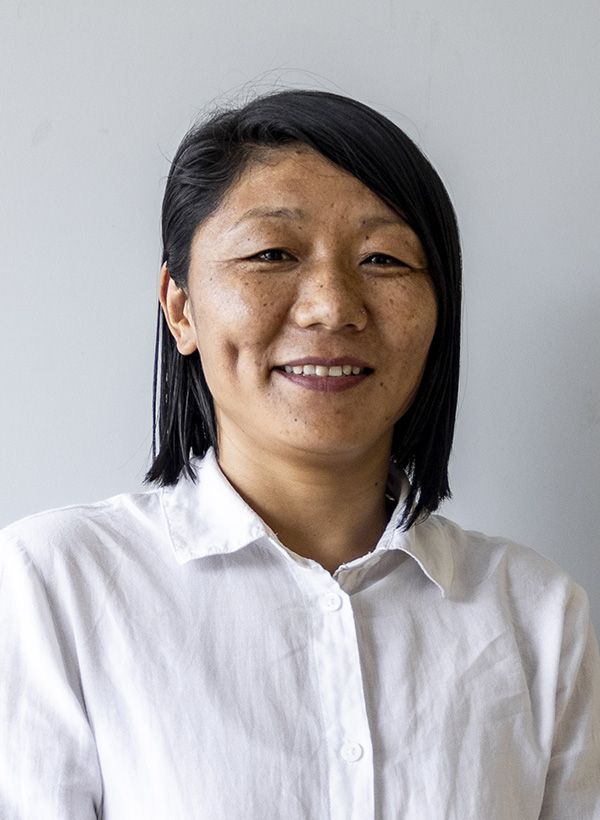
NIRMALA GURUNG 
+977 9801223978
nirmala@thamserku.com
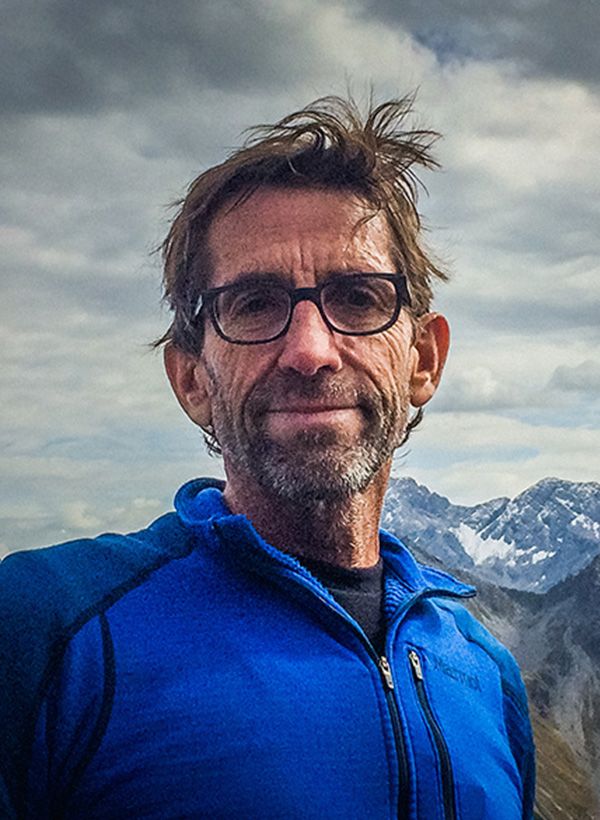
MICHAEL SCHOTT 


+49 174 9755492
m-schott@neumann-grafik.de
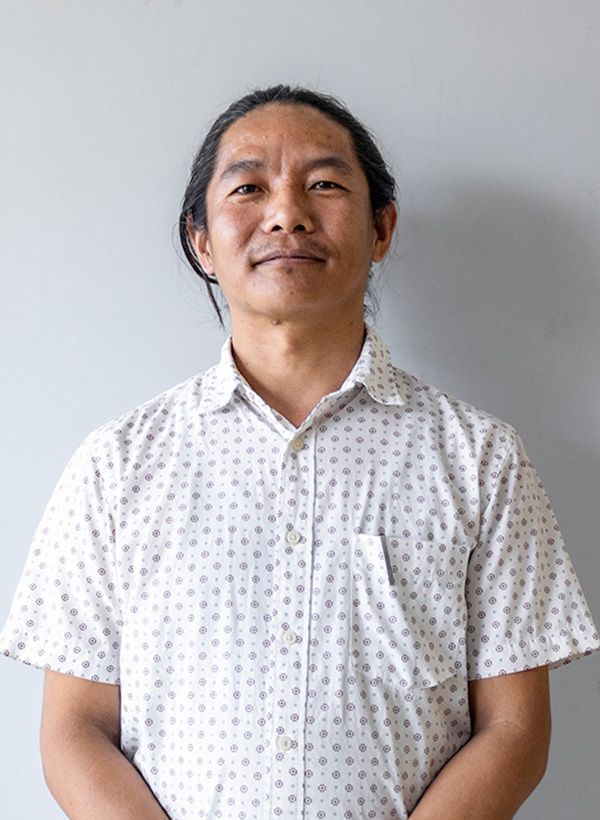
KUMAR RAI 
+977-9801236280
kumar@thamserkutrekking.com
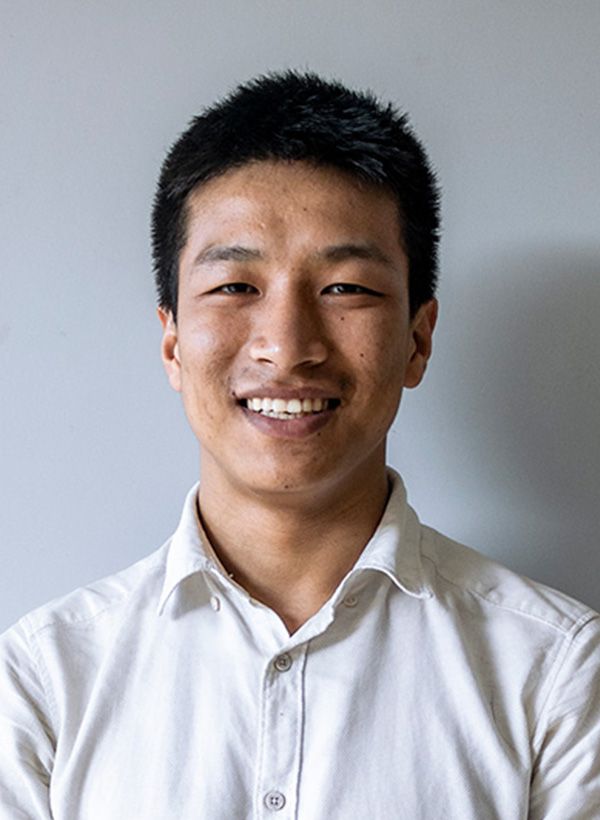
NIMTE SHERPA 
+977-9801223977
info@thamserkutrekking.com
BOOK YOUR TRIP BOOK YOUR TRIP BOOK YOUR TRIP BOOK YOUR TRIP BOOK YOUR TRIP BOOK YOUR TRIP BOOK YOUR TRIP BOOK YOUR TRIP BOOK YOUR TRIP BOOK YOUR TRIP BOOK YOUR TRIP BOOK YOUR TRIP BOOK YOUR TRIP BOOK YOUR TRIP BOOK YOUR TRIP BOOK YOUR TRIP BOOK YOUR TRIP BOOK YOUR TRIP BOOK YOUR TRIP BOOK YOUR TRIP BOOK YOUR TRIP BOOK YOUR TRIP BOOK YOUR TRIP BOOK YOUR TRIP BOOK YOUR TRIP BOOK YOUR TRIP BOOK YOUR TRIP BOOK YOUR TRIP BOOK YOUR TRIP BOOK YOUR TRIP BOOK YOUR TRIP BOOK YOUR TRIP BOOK YOUR TRIP BOOK YOUR TRIP BOOK YOUR TRIP BOOK YOUR TRIP BOOK YOUR TRIP BOOK YOUR TRIP BOOK YOUR TRIP BOOK YOUR TRIP BOOK YOUR TRIP BOOK YOUR TRIP
